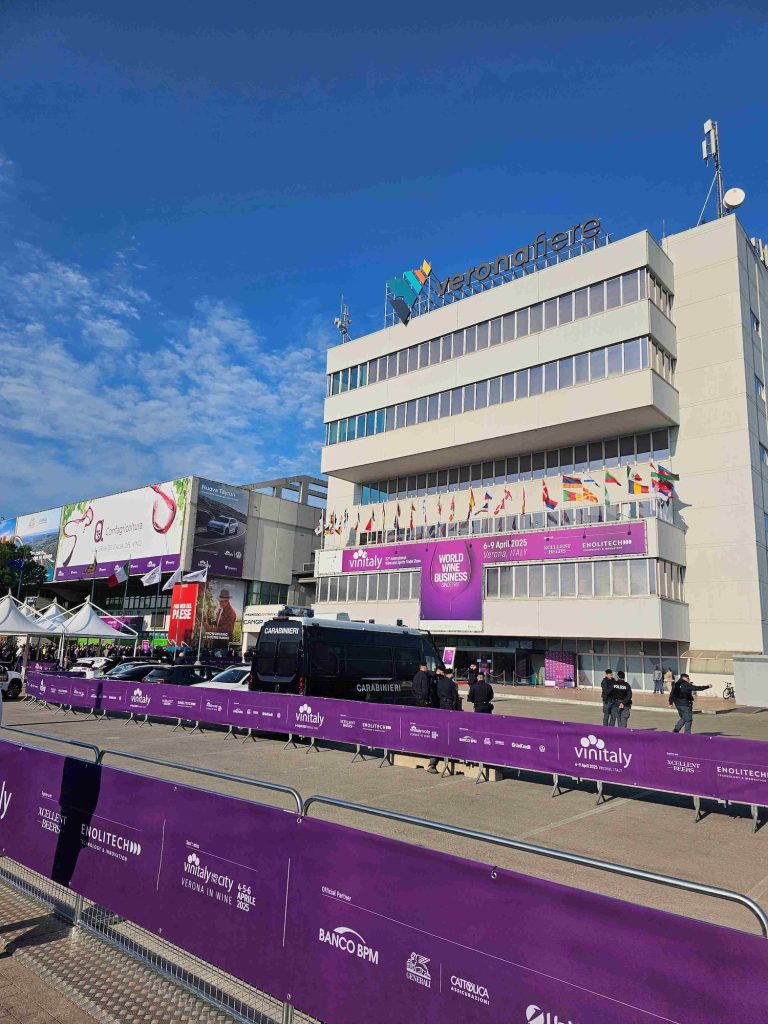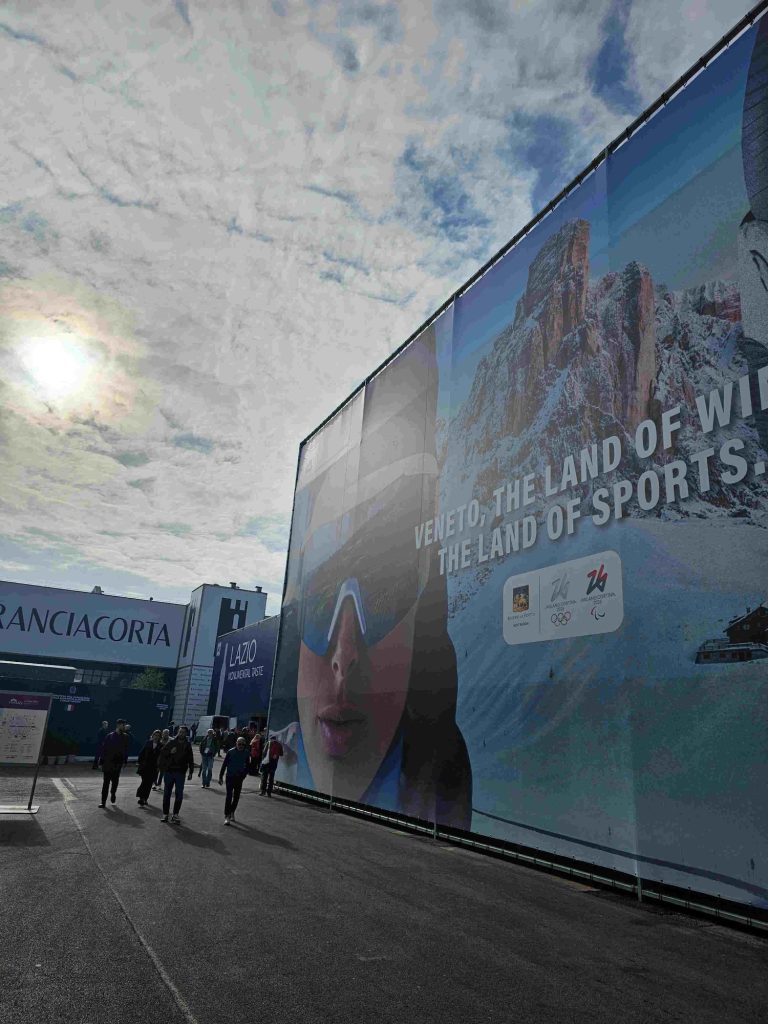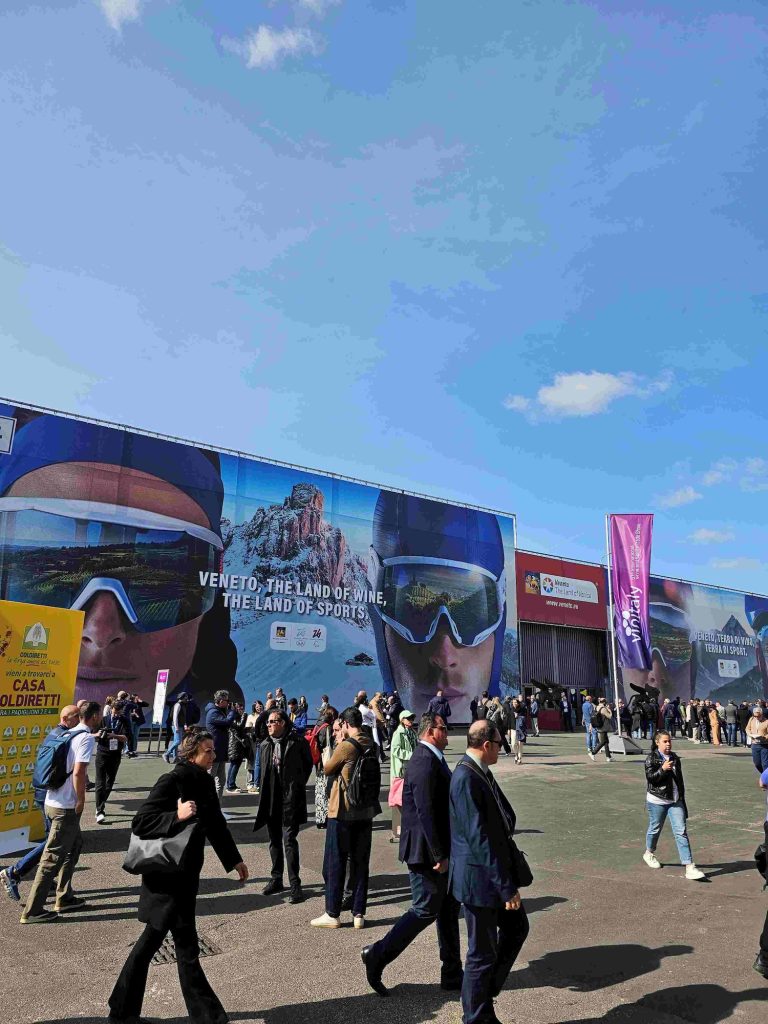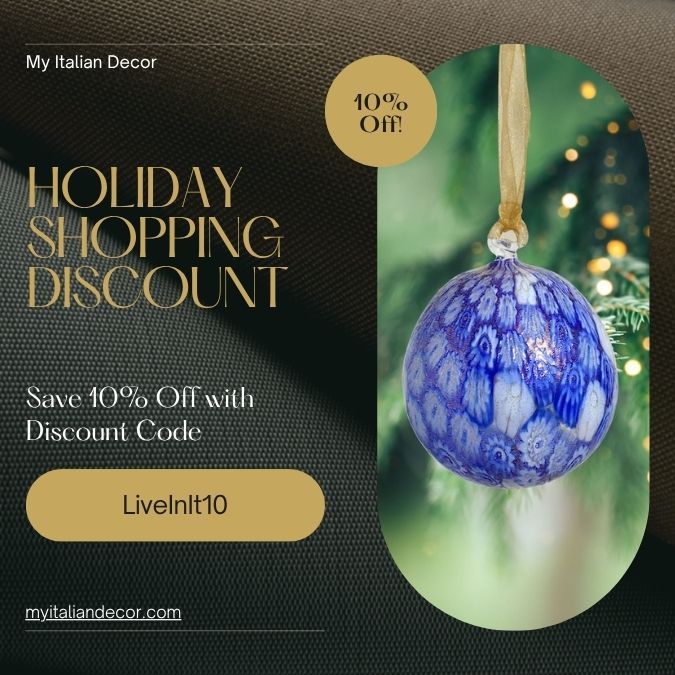From declining consumption to trade shifts and the rise of non-alcoholic wines, here’s what’s shaping the next chapter of Italian wine.
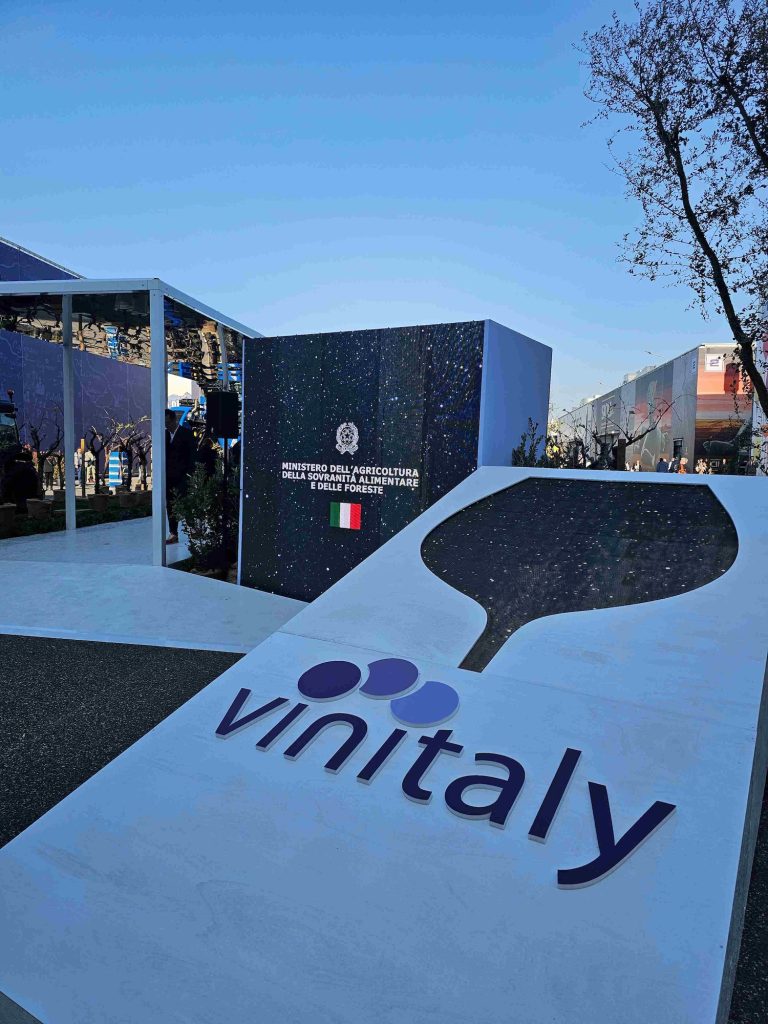
Vinitaly 2025 is behind us. To be completely honest, it was one of the strangest editions of the past decade.
Everyone in the wine industry arrived with a heavy sense of concern. The current state of wine in Italy—and globally—is anything but reassuring. Some statistics point to stagnation, others show a sharp decline. And those of us working in sales know the truth lies somewhere in between.
The wine world is undergoing a profound transformation, and we face complex challenges on all fronts.
Understanding the Decline in Consumption
So, what exactly is happening? I want to offer some clarity, as simply and transparently as possible, by outlining the key trends that sellers, marketers, and producers are navigating daily.
The first and most obvious is the decline in consumption, a global phenomenon far beyond Italy. According to the latest data from the International Organisation for Vine and Wine (OIV), global wine consumption in 2023 fell to its lowest since 1996.
Markets, orders, and conversations with importers and distributors all confirm the trend. This isn’t a perception; it’s reality.
A Cultural Shift Around Wine
At the same time, we are witnessing a profound cultural shift. Once synonymous with conviviality, pleasure, and tradition, wine is increasingly viewed as a potential health risk.
More and more people are embracing wellness-focused lifestyles in which wine is reduced—or even eliminated—in favor of non-alcoholic beverages. And this is no fad: it’s a true paradigm shift, particularly among younger generations.
The Rise of No- and Low-Alcohol Wines
Within this context, the no- and low-alcohol wine movement has emerged with force, capturing both attention and market share. The creation of this new category has opened the door to a wider and more diverse audience. It has prompted many wineries, both large and small, to invest in its development.
Some remain skeptical, worried that these products threaten the identity of “real” wine—the alcoholic kind. But I see them differently.
To me, they represent a natural evolution of the category. More than that, they’re an opportunity for inclusion. If wine brings people together, we must accept that even those who choose not to drink alcohol deserve a place at the table—and a glass of dealcoholized wine to raise in a toast.
The Tariffs Shock and the Industry’s Response
Another critical factor that defined this year’s Vinitaly was the announcement of new U.S. tariffs. It felt less like a dark cloud on the horizon and more like a boulder dropped squarely onto the industry.
The announcement on April 2nd created palpable tension among exhibitors. Many feared losing market share or seeing their sales halve.
Fortunately, the response was more constructive than many anticipated. In numerous cases, importers and producers shared the burden, preventing the financial hit from falling entirely on the end customer. It was a significant effort—but also a sign of the resilience and maturity of our supply chain.
Rethinking the Purpose of Industry Fairs
Finally, there’s one more reflection I feel compelled to share—one that touches on the very meaning of major industry fairs.
Given the enormous costs involved, do events like Vinitaly still make sense? I’m not questioning the value of face-to-face meetings with buyers and international operators. But the question remains valid.
This year, the absence of some well-known, long-established companies was noticeable. They chose to be there “without being there”: no booth, but a targeted presence for off-site meetings or by-appointment encounters. It was a bold choice—and one that sparks a much-needed conversation.
A Disconnect Between Buzz and Business
Vinitaly 2025 closed with impressive visitor numbers after four days of high energy and praise. But the question I keep asking myself—and one many colleagues are asking, too—is how it is possible that all this enthusiasm doesn’t carry over into the daily reality of sales and deals?
We’re not seeing the same spark or dynamism that many reported experiencing during the fair.
Could it be that Vinitaly is a kind of energetic bubble? Once the doors close, does reality come rushing back to present the bill?
The Hard Truth: A Changing Wine World
That reality includes amazing Italian producers trying to sell high-quality wines in a world facing serious challenges: limited consumer spending power from Europe to the U.S.; steadily declining alcohol consumption; ever-rising production costs; and widespread socio-political uncertainty.
Which brings me to the question I find myself asking more and more often:
What if the problem is us?
What if we’ve become so accustomed to the wine industry’s dazzling numbers that we’ve overlooked that the landscape has changed—and that we must quickly adapt to this new paradigm?
What if this is the level of sales and consumption we’ll be dealing with for the foreseeable future?
The Takeaway: Back to the Heart of Wine
These are cycles, like the cycles of life.
Perhaps the key is to keep seeing wine for what it truly is: a drink that brings people together—not an elitist liquid used to flaunt status.
A drink that holds the secrets, stories, and traditions of the land and the families who produce it.
And it’s a drink that’s redefining its place in the world.
